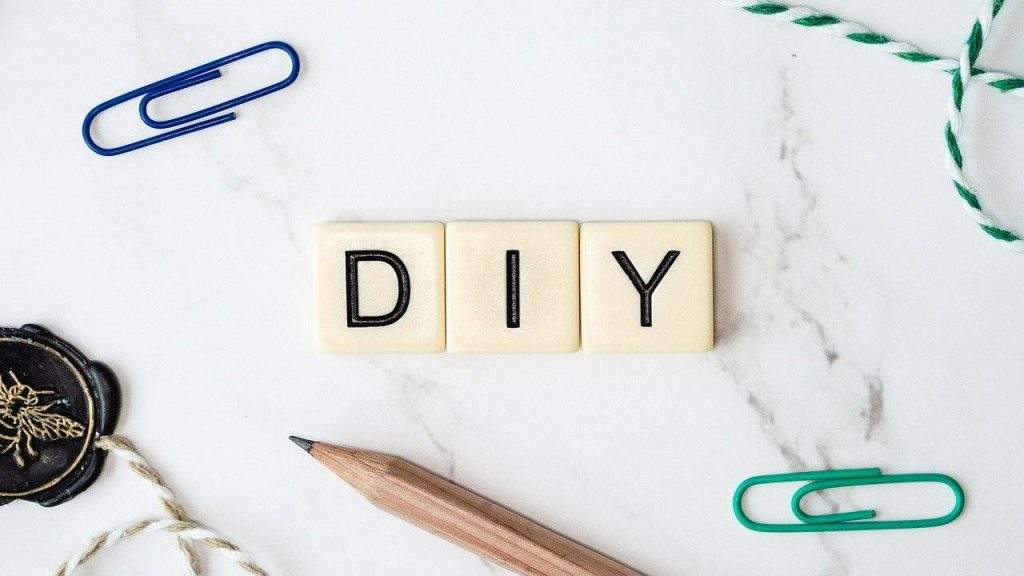Do you need to use wood filler in your next home improvement project? If so, it’s imperative that you understand the ins and outs of this substance before you start applying it. One wrong move in this instance could completely ruin your DIY challenge, which is why you need to exercise caution in this instance.
Fortunately, advice and guidance on how to use this adhesive substance can be found below. Here’s everything you could possibly want and need to know about wood filler:

What is a wood filler used for?
Wood filler is used for two basic tasks:
1. Filling voids (i.e., dents, chips, nail holes)
2. Stuffing the pores of woods that are ‘open grained’ (oak and mahogany, for example)
Depending on what you need to use filler for, it’s imperative that you take the thickness of your adhesive substance into account. If you are aiming to stuff wood pores, you should opt for a thinner filler. Thick substances do not work well in small grain openings, as their viscosity is not designed for minuscule openings.
The color of wood filler
Wood filler is designed to, quite literally, paint over the cracks. Its main purpose is to fill holes and, in turn, cover up any imperfections that might be apparent on the wood in question. It is for this reason why you must take the color of your wood filler into account. If you’re not careful, you could end up using a filler that doesn’t match the wood’s style, grain, or tone. Ultimately, this will make your home improvement project look unprofessional, which means that you’ll then have to devote time, energy, and money to rectify the situation going forward.
Fortunately, wood filler comes in a whole host of hues and shades. Tradefix Direct, an online stockist that serves the trade industry with fair prices and dependable materials, offers an array of different filler colors, some of which include: White, Light Oak, Dark Oak, Pine, Light Grey, Light Redwood, Mahogany, Teak.
How to use wood filler
So long as you have a putty knife, an oscillating spindle sander, and a tack cloth at hand, wood filler is incredibly easy to use. Here are the basic steps that you must take in order to apply this substance:
- Use your knife to mix the wood filler in its container
- Keep mixing the filler until you deem it to be a uniform texture
- Apply the filler to the wood quickly (if you’re using petroleum-based filler, remember that it will harden incredibly quickly)
- Press the filler deep into the crack with your finger, then smooth over any excess filler
- Sand over the filled-in area using your oscillating spindle sander device
- Wipe away any excess dust with a sticky tack cloth
- If you wish to equalize the color of the wood, apply a safe stainer product to your project
When you next decide to take on a woodworking challenge, make sure you have a tub of wood filler at hand. With this substance at your disposal, you will have the capacity to add a professional finishing touch to your project.